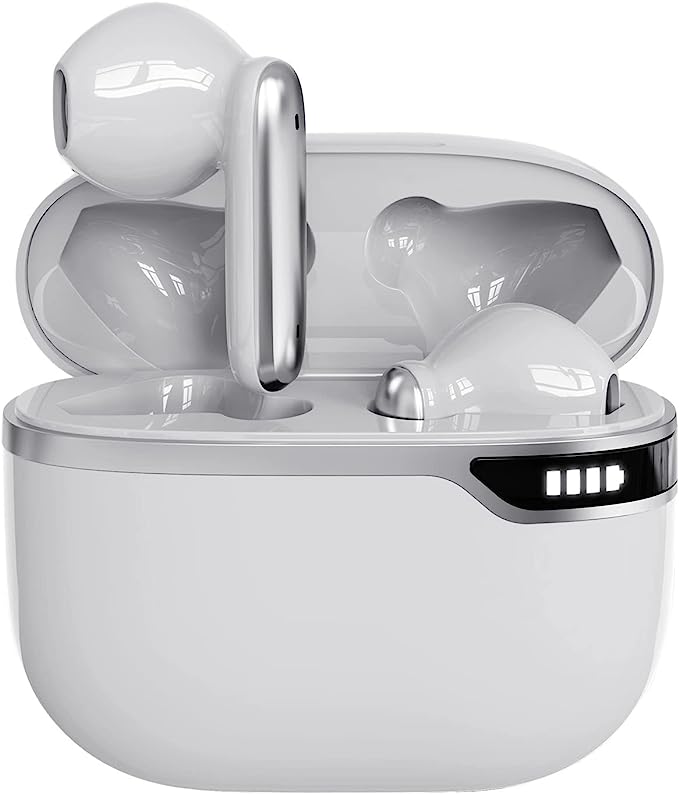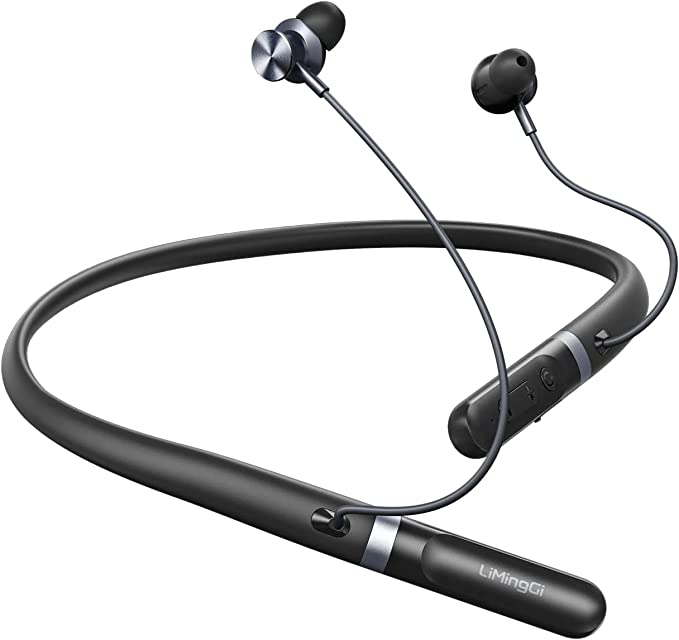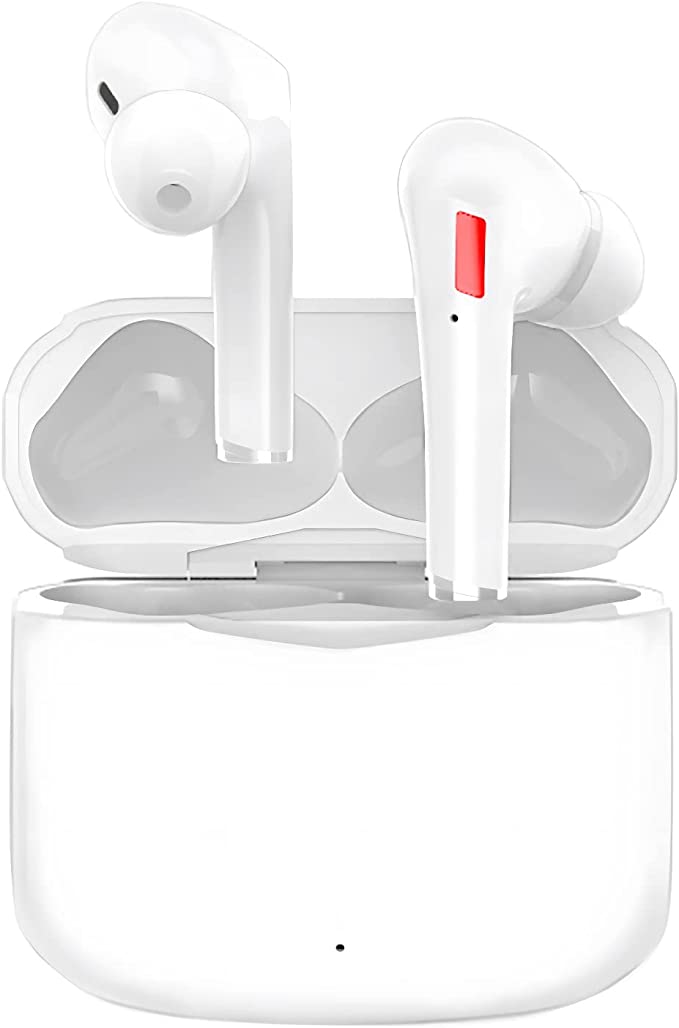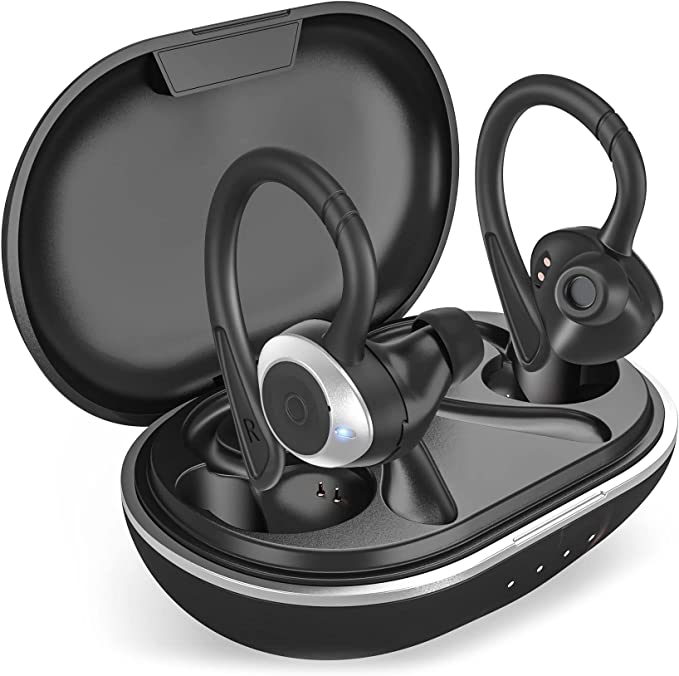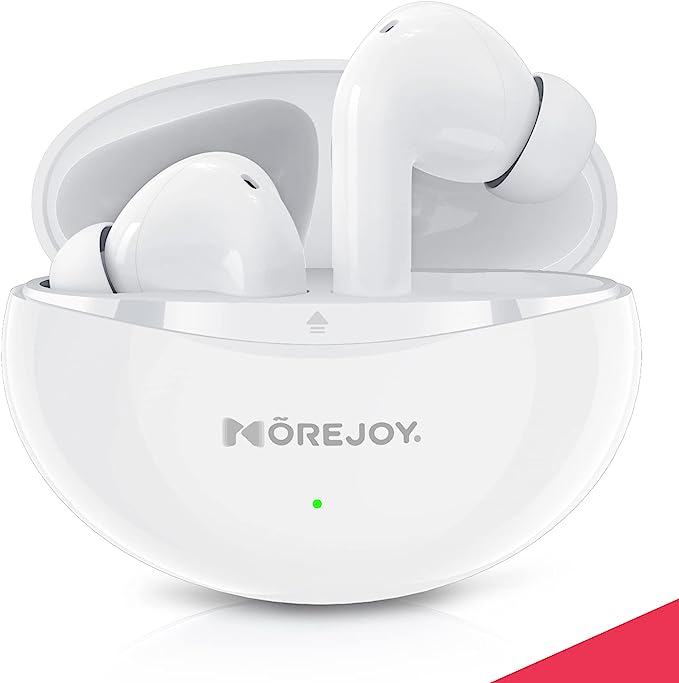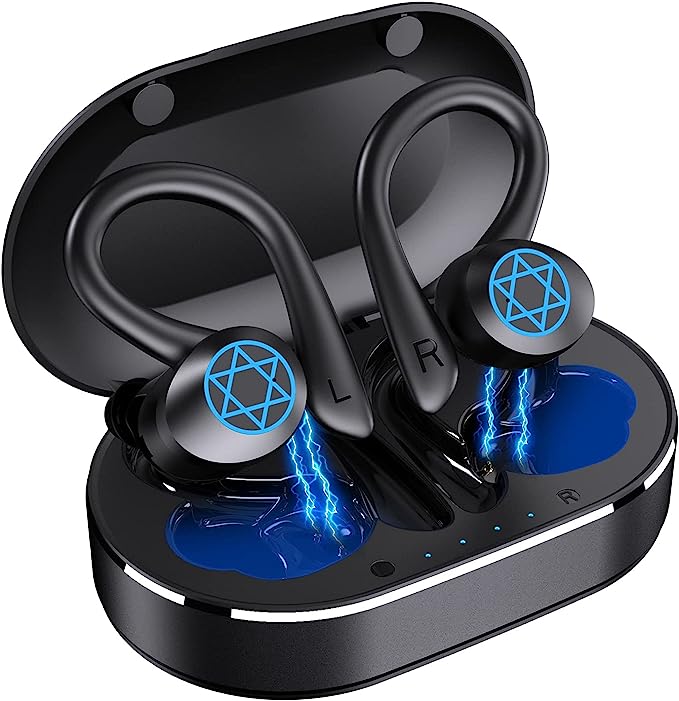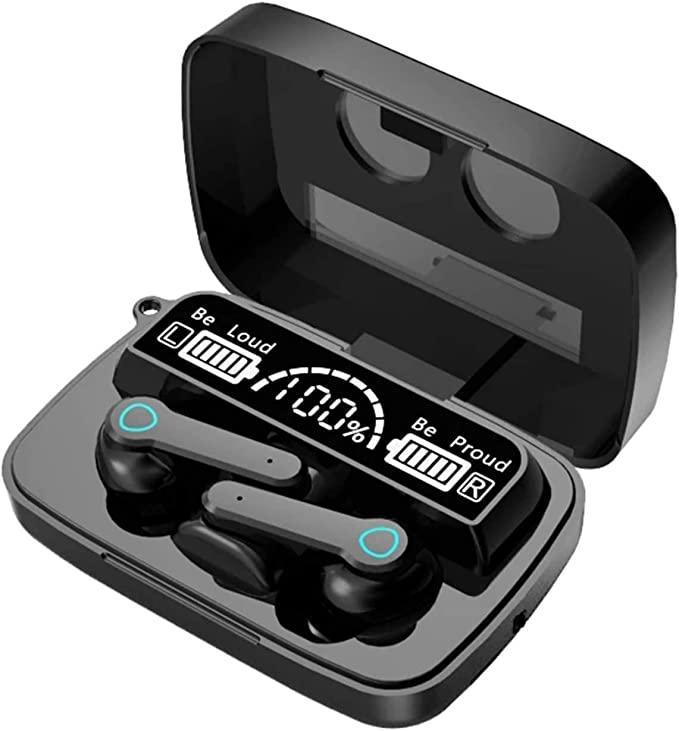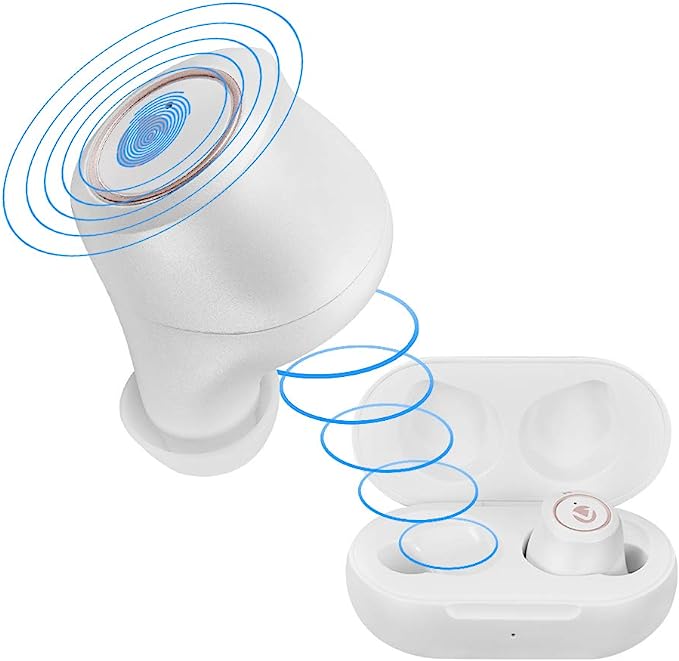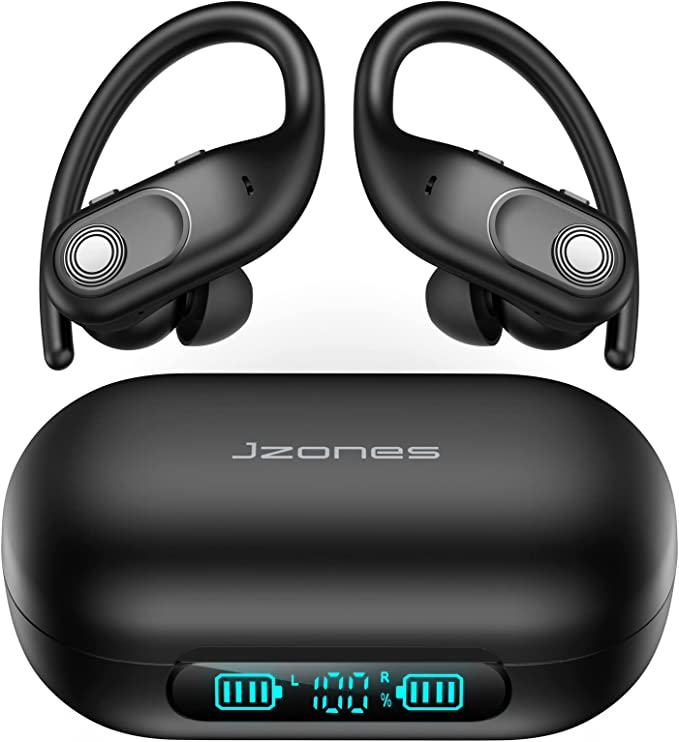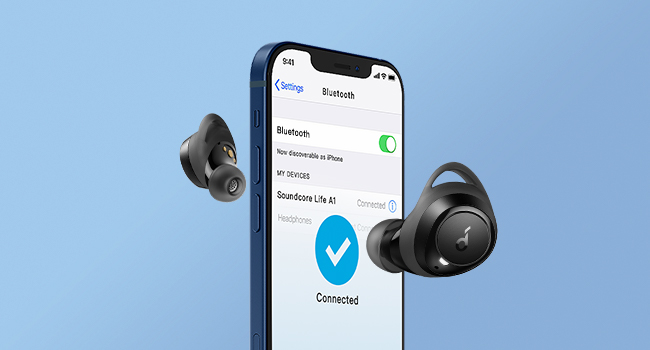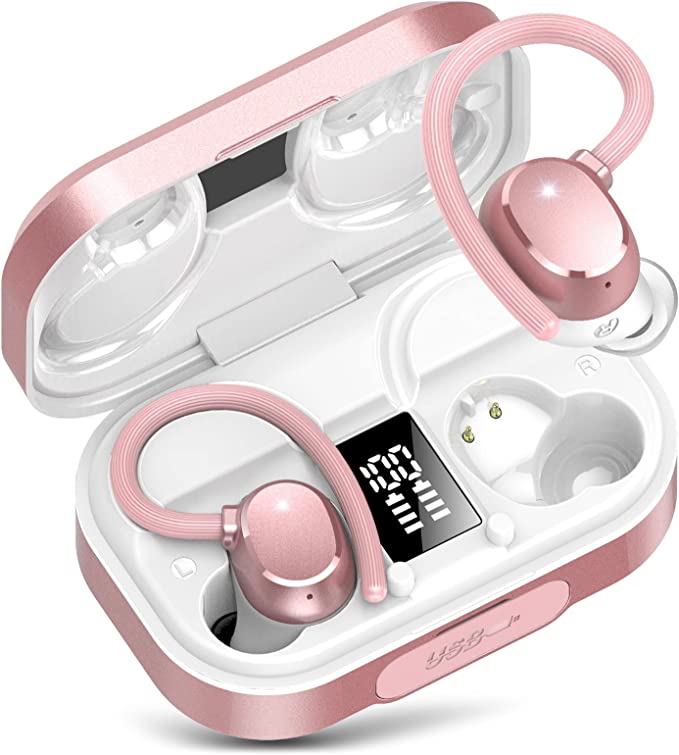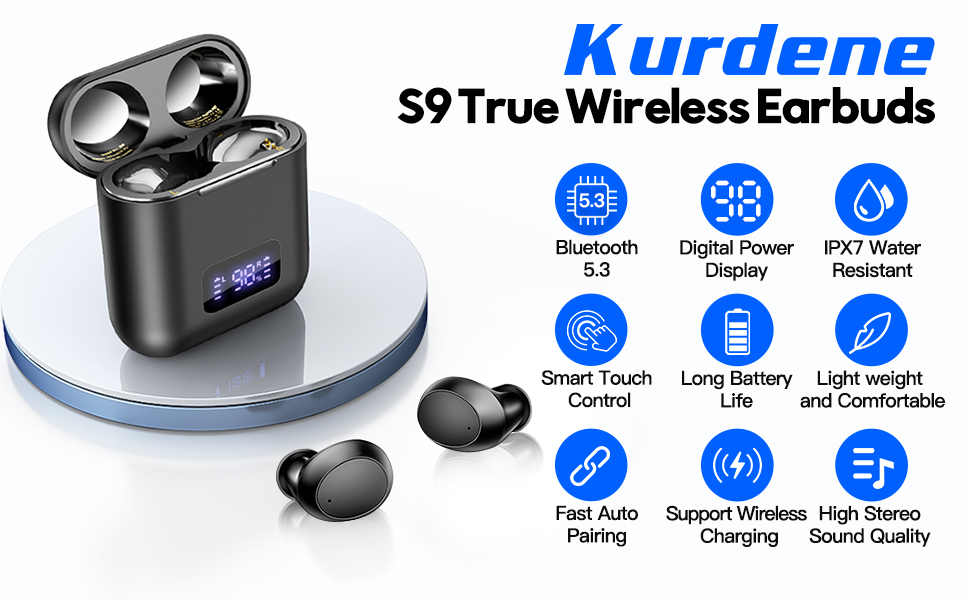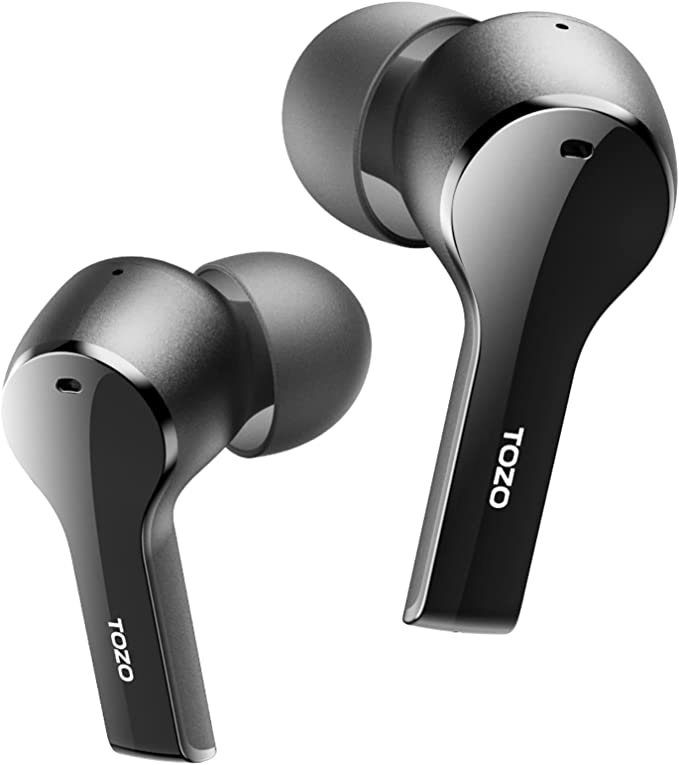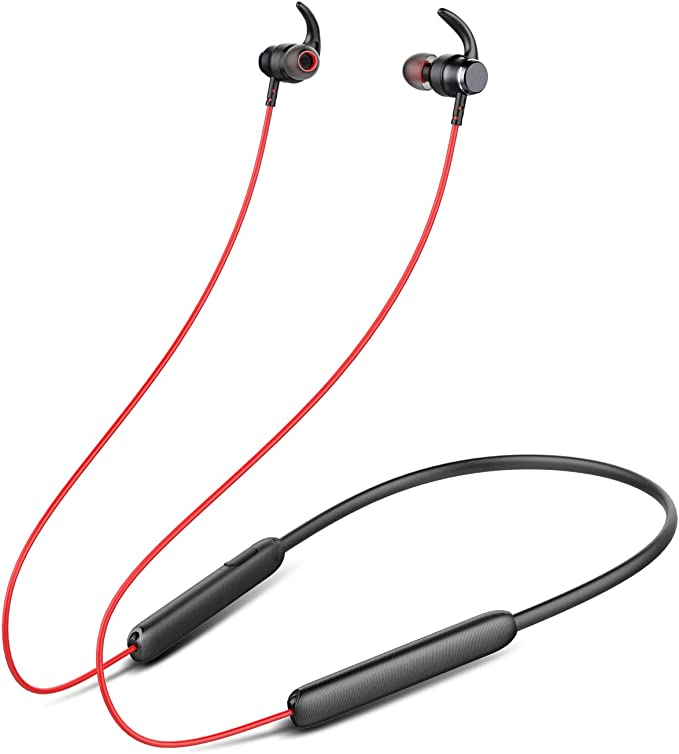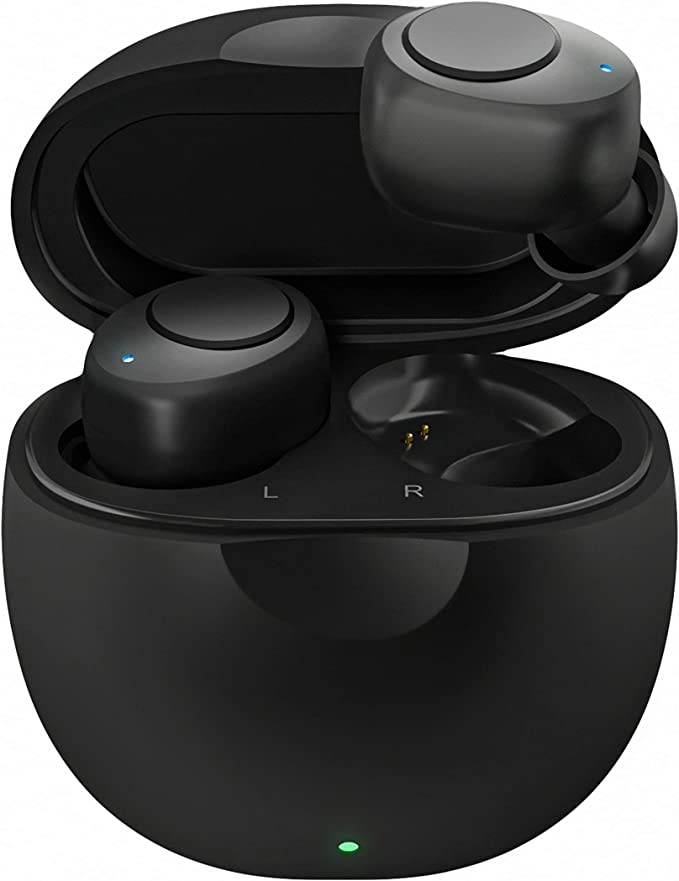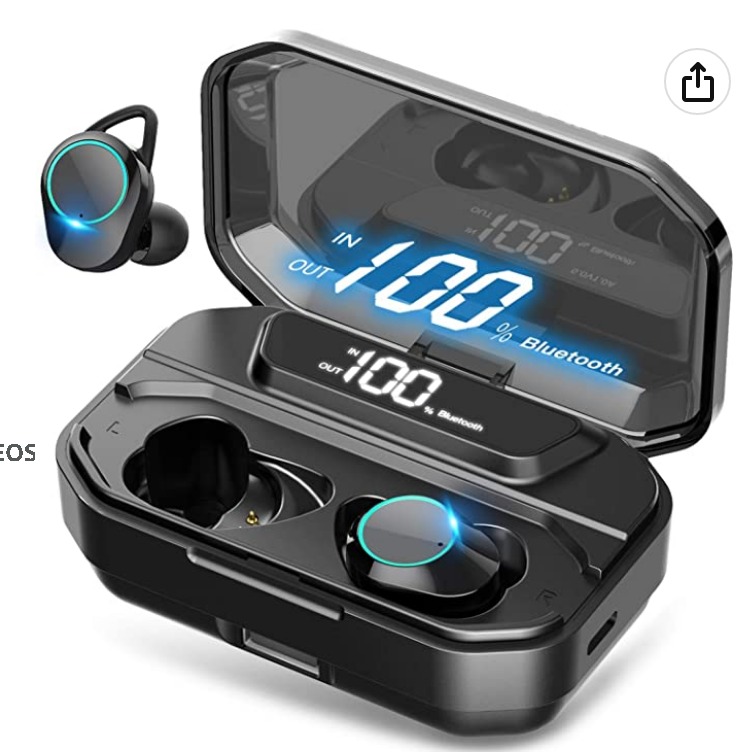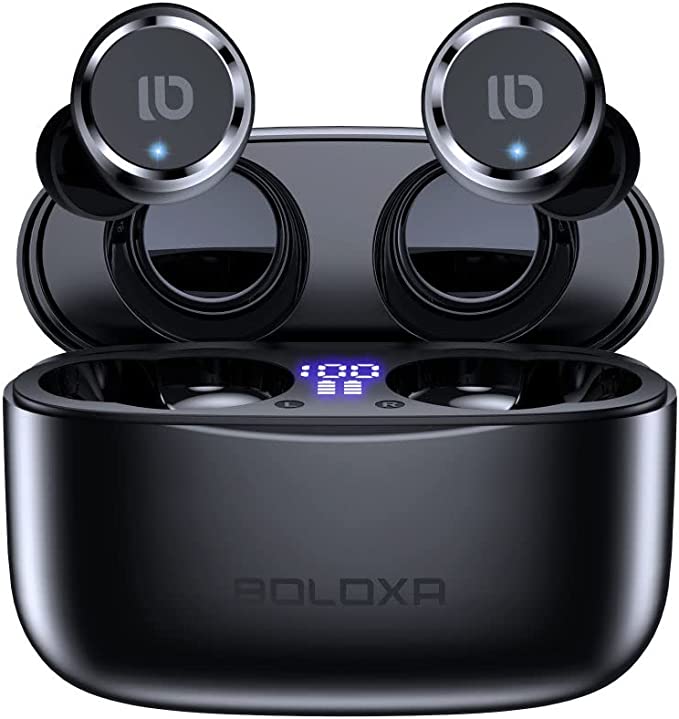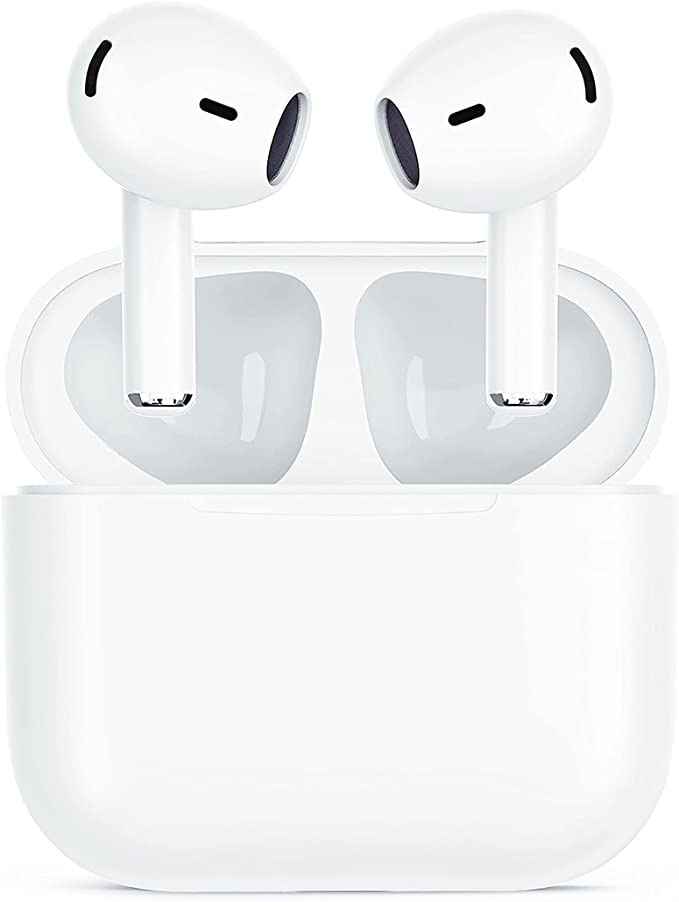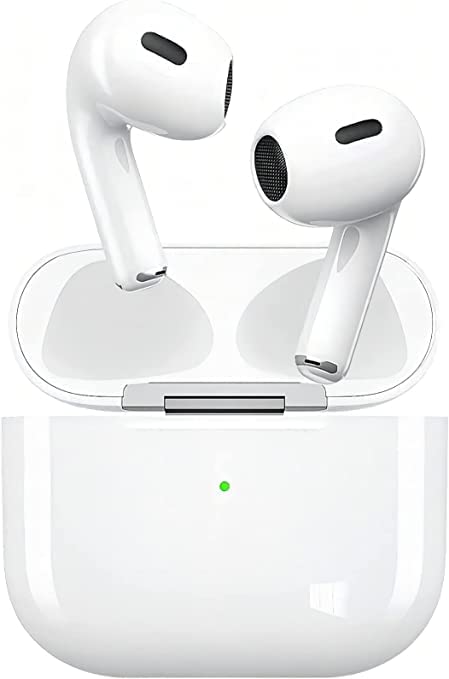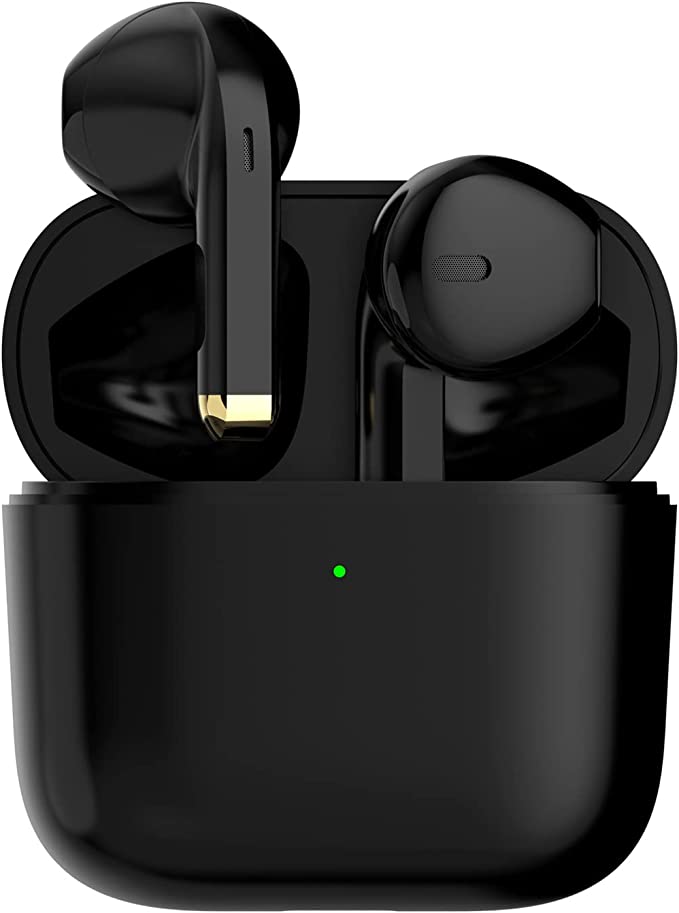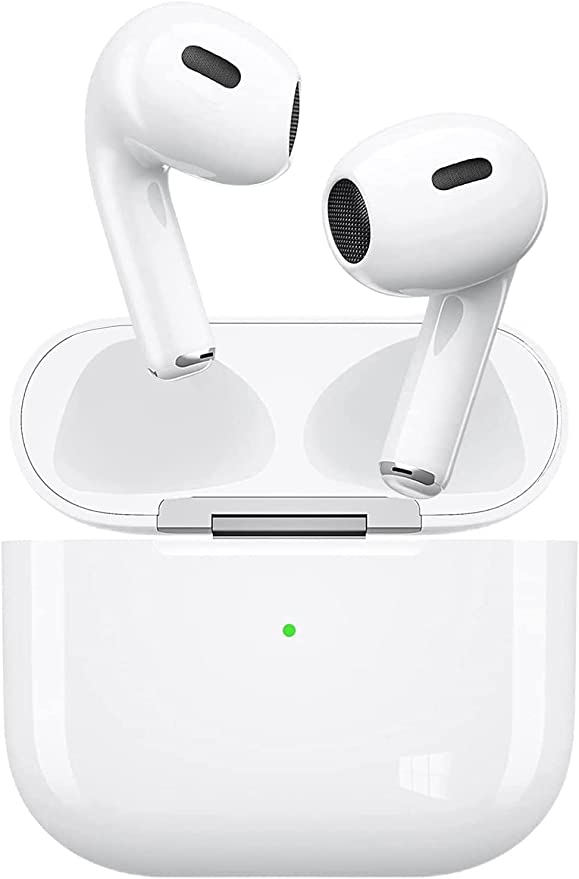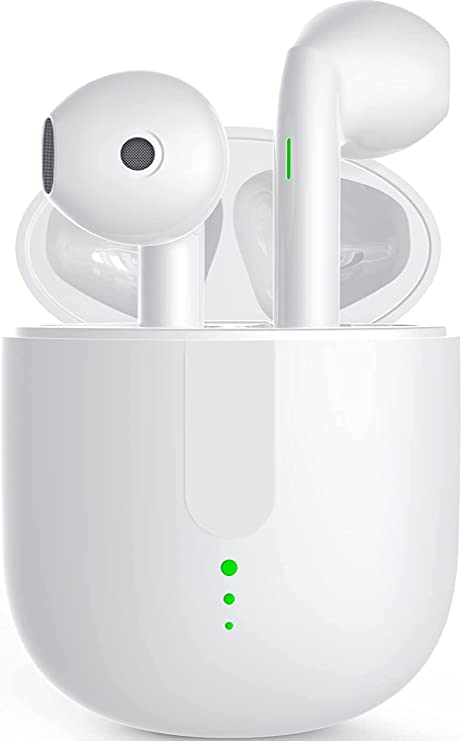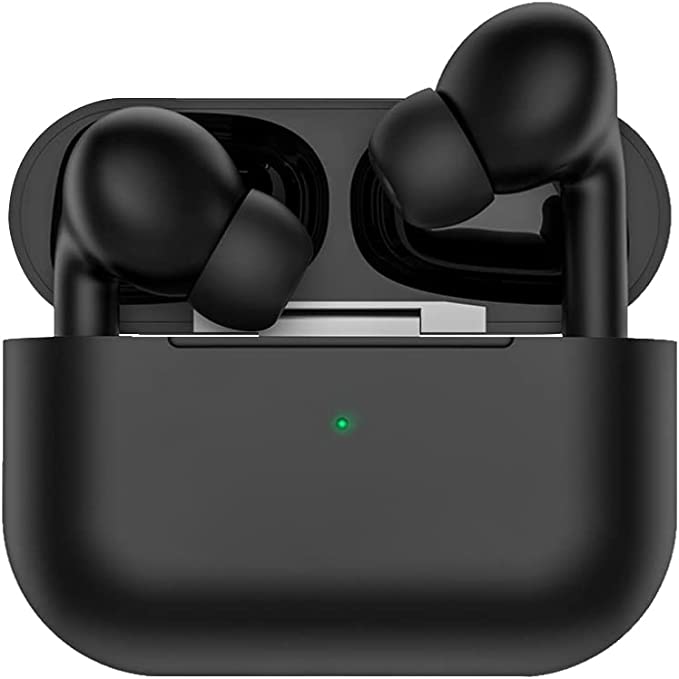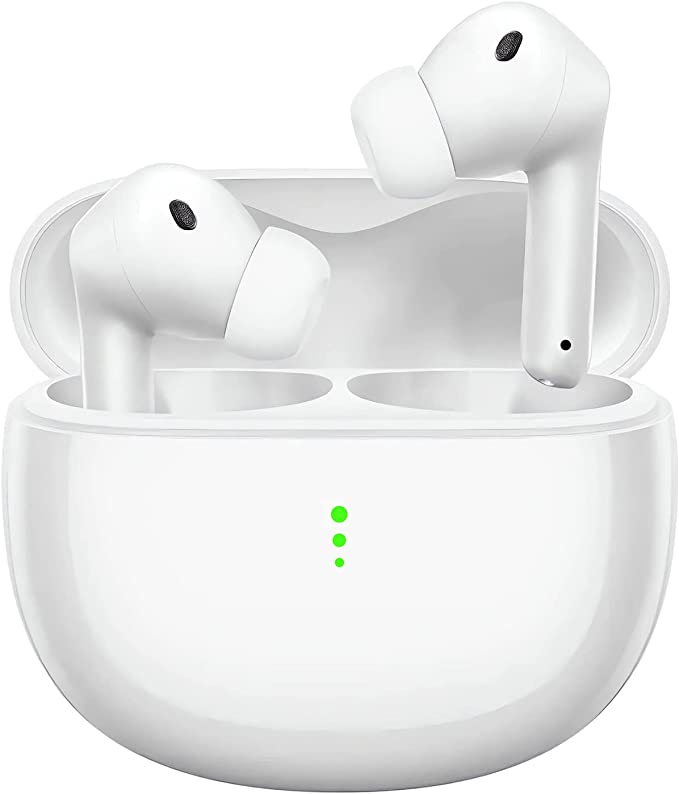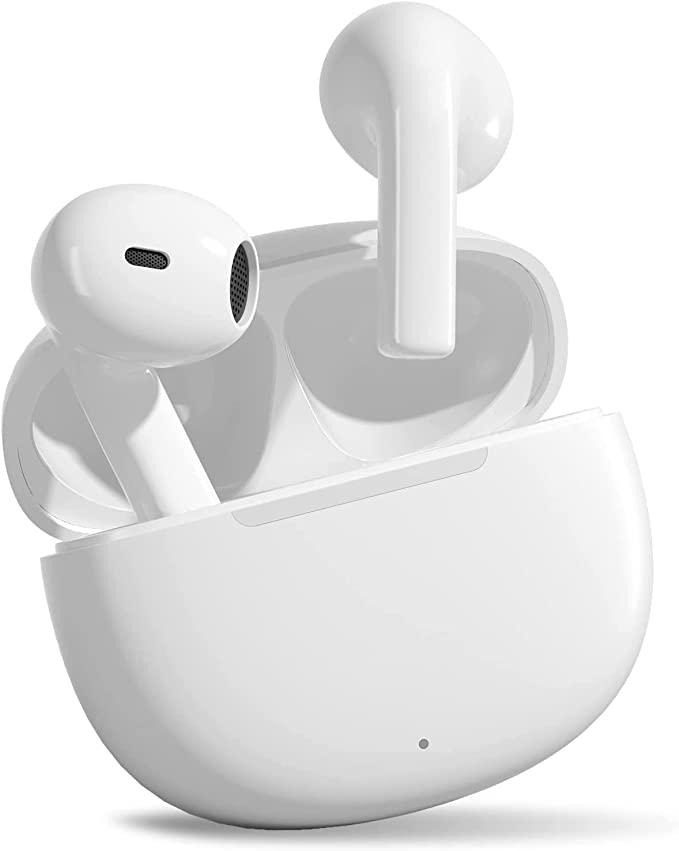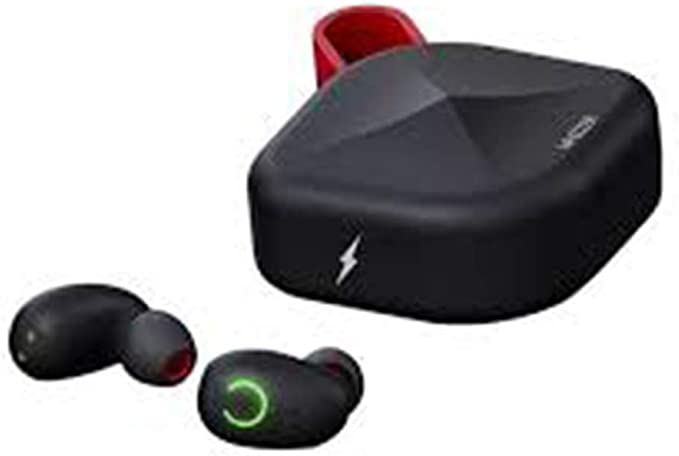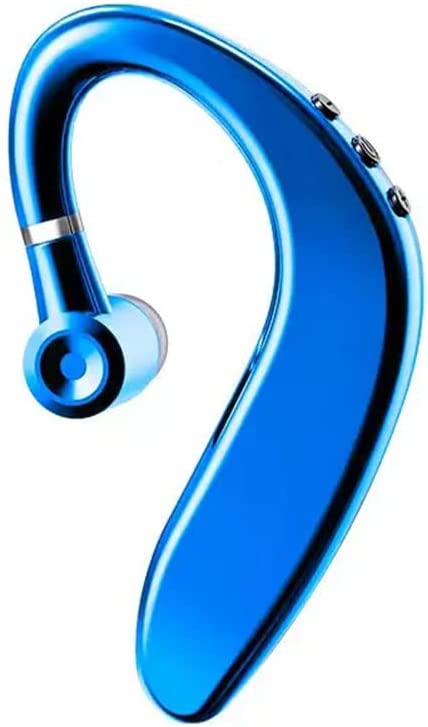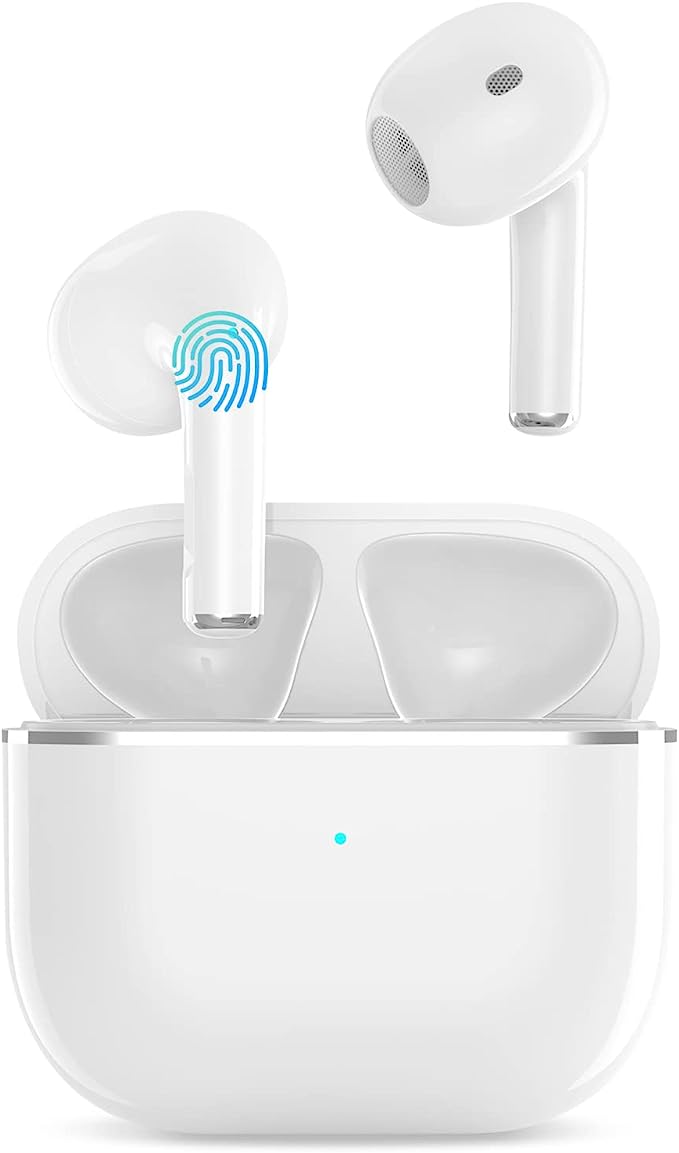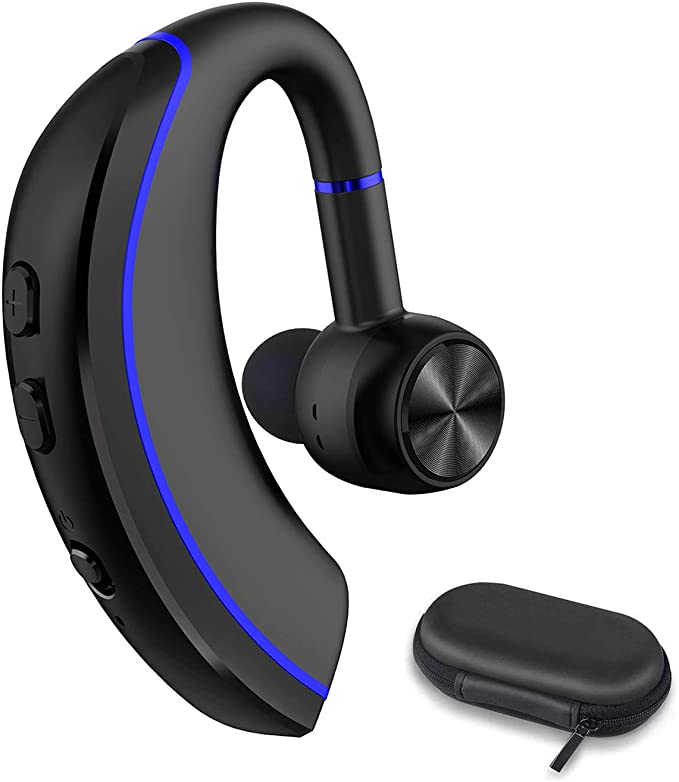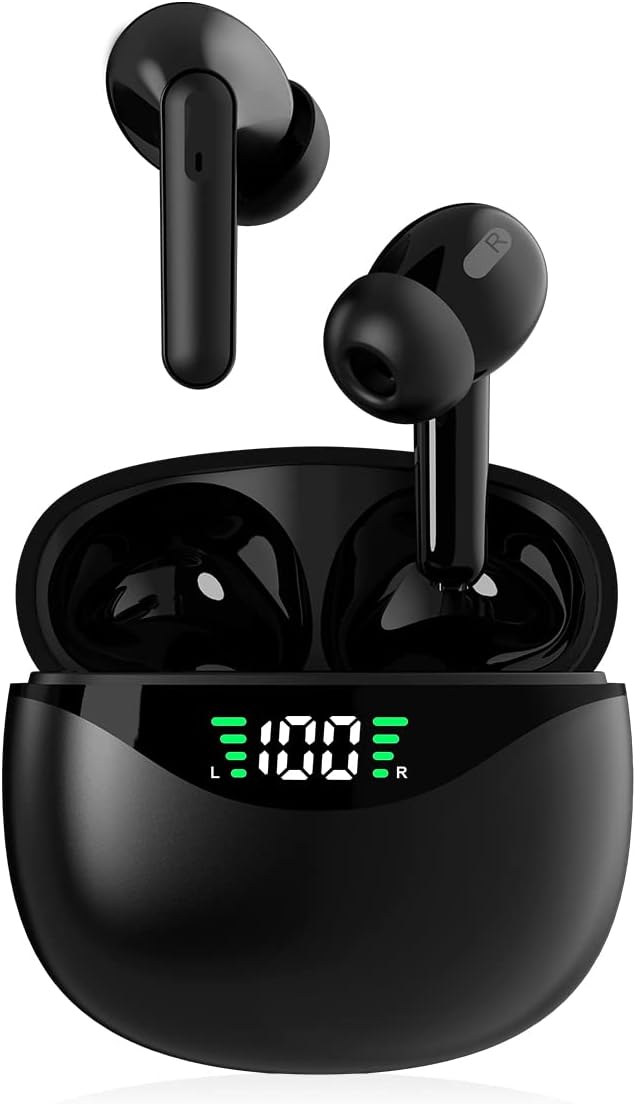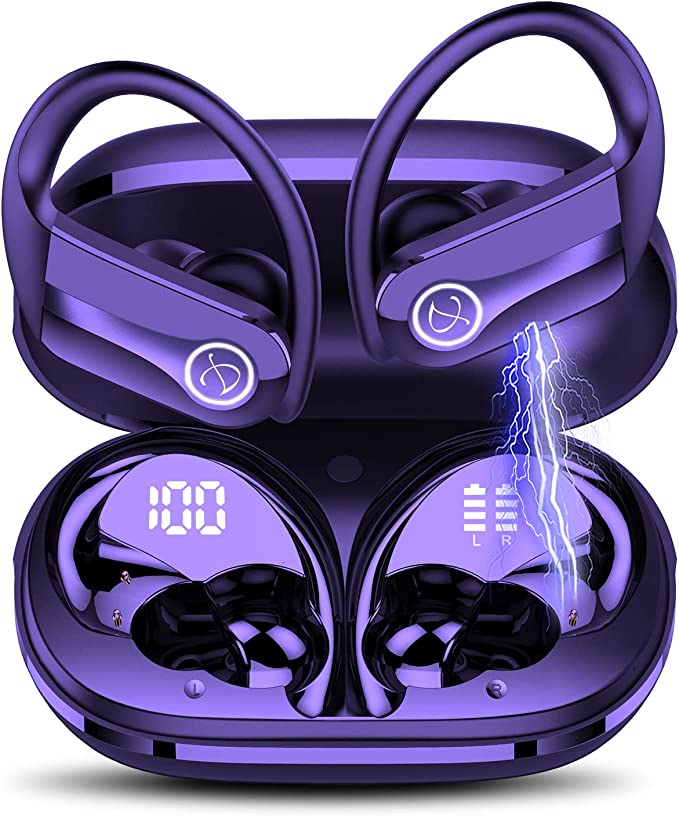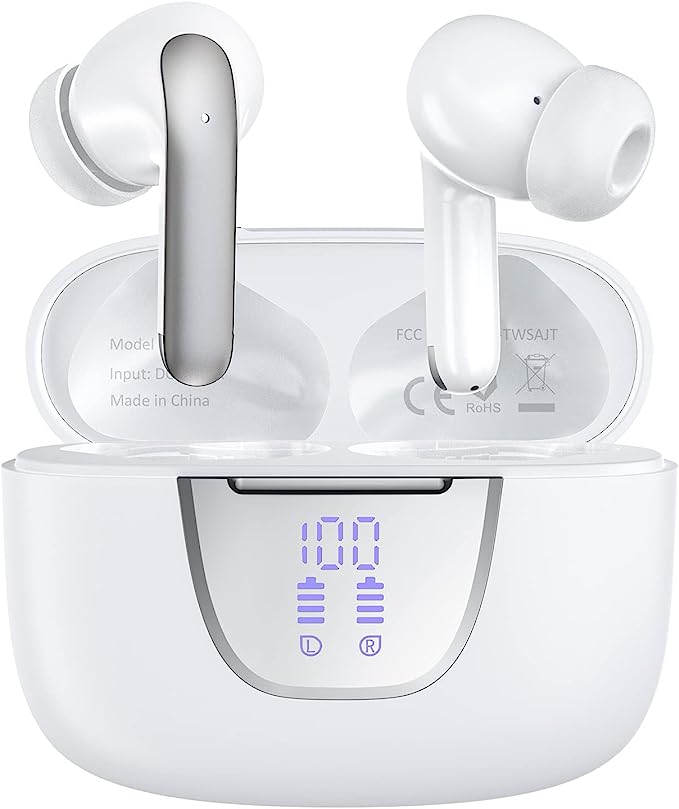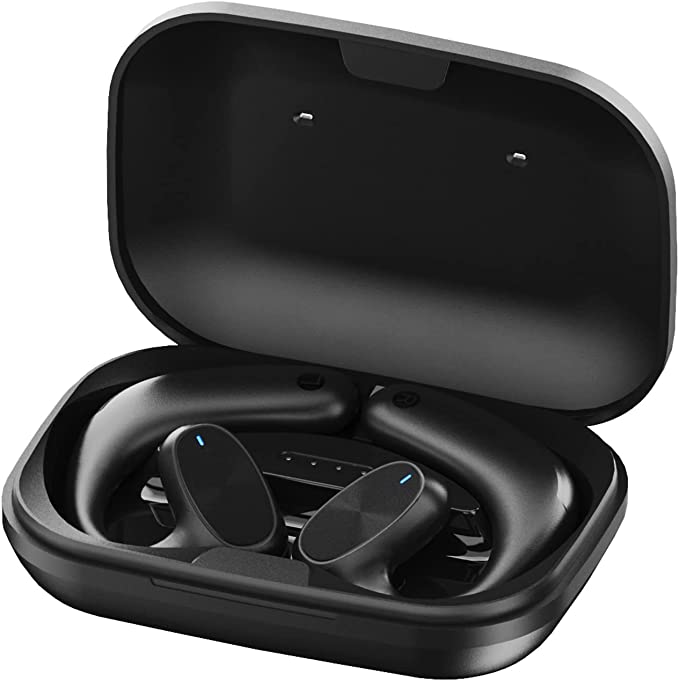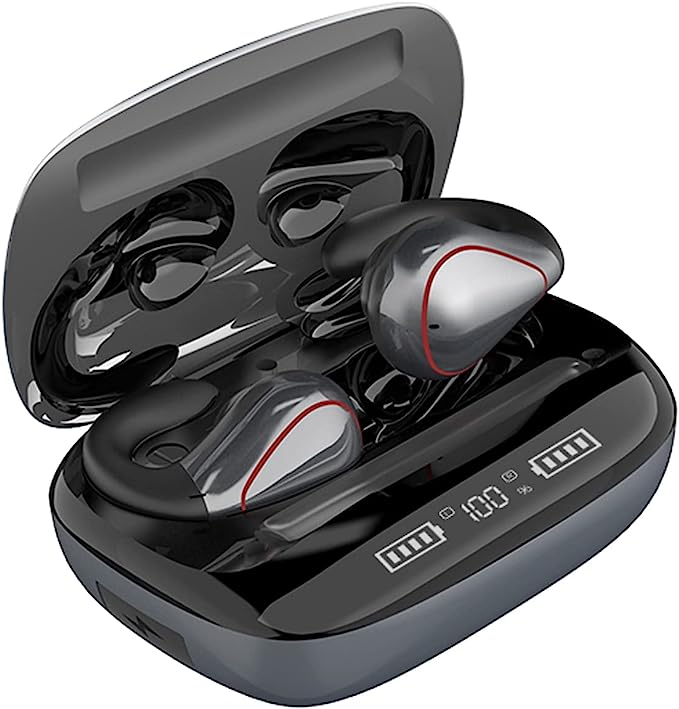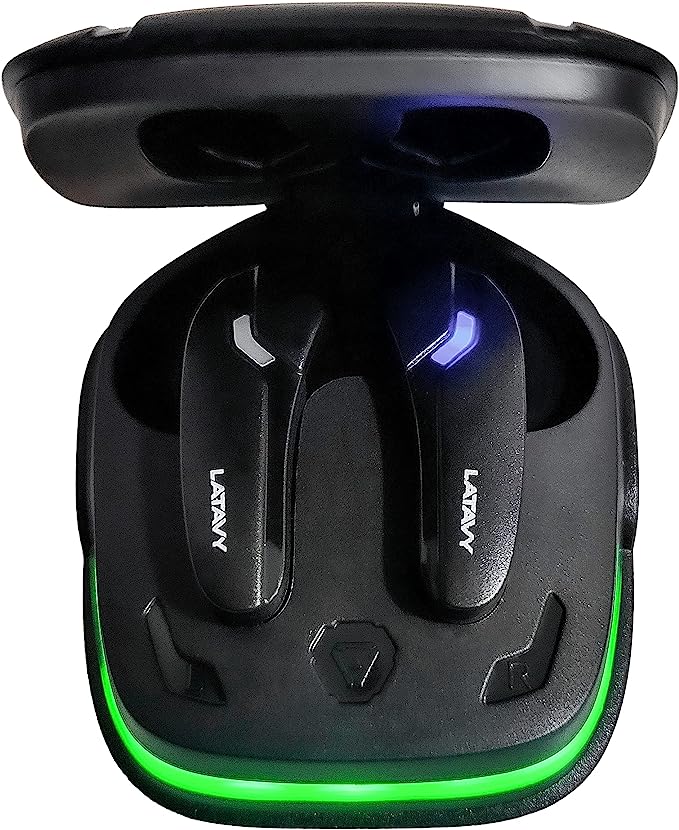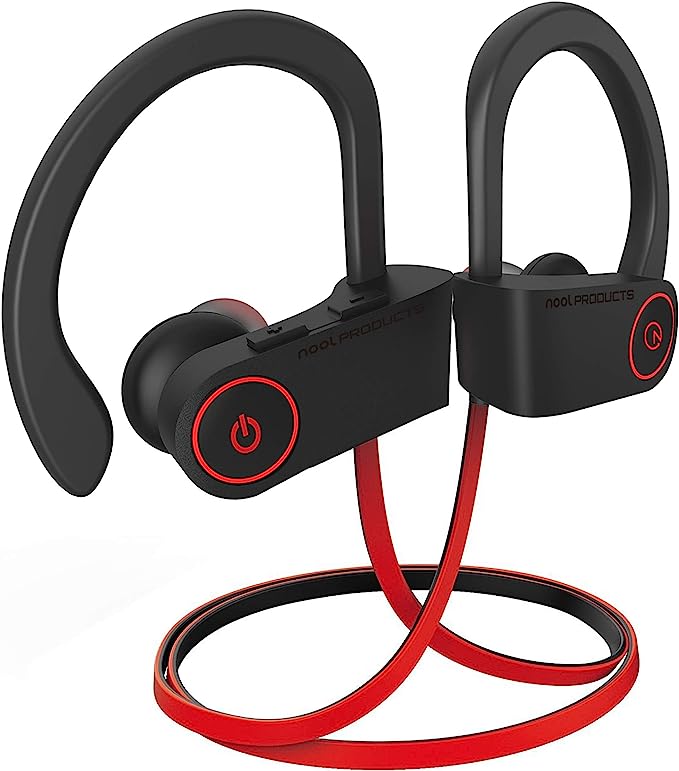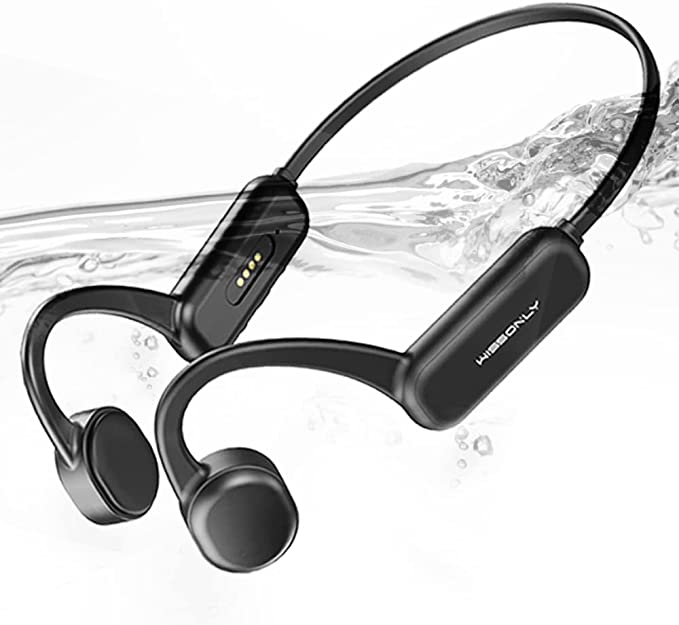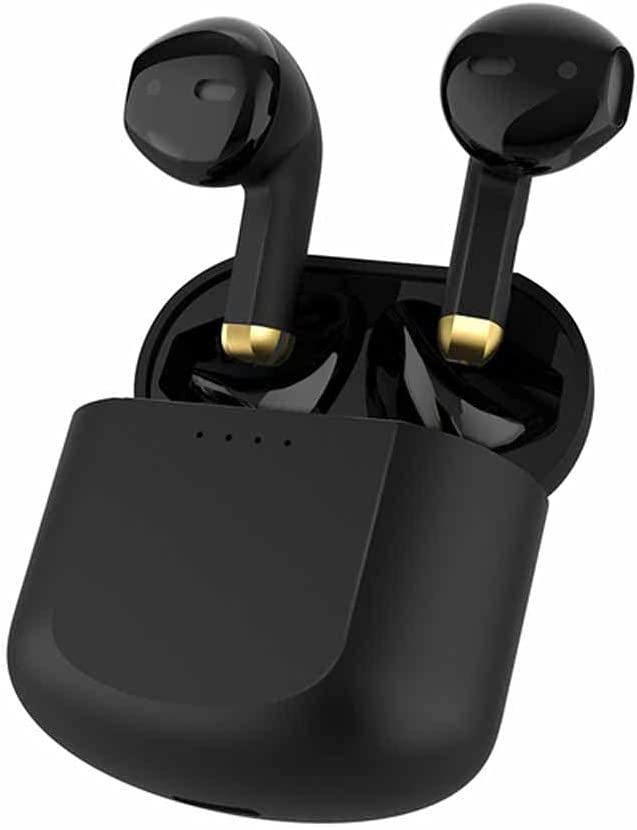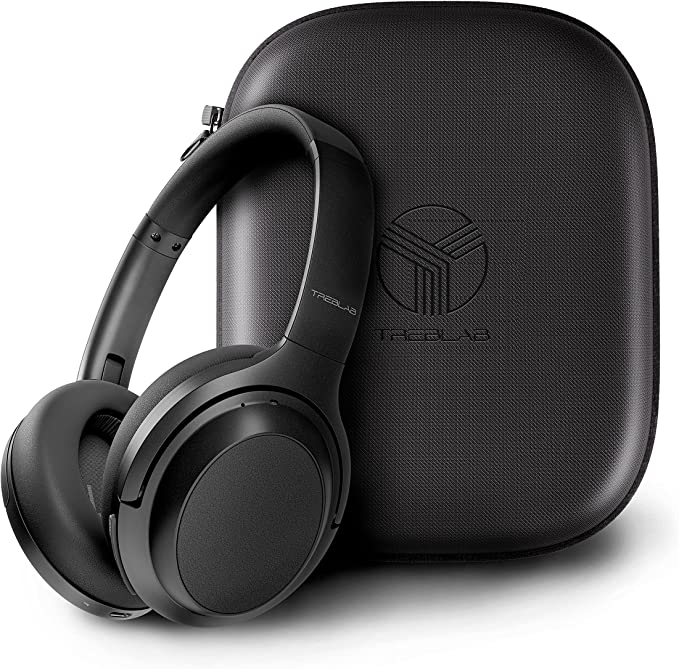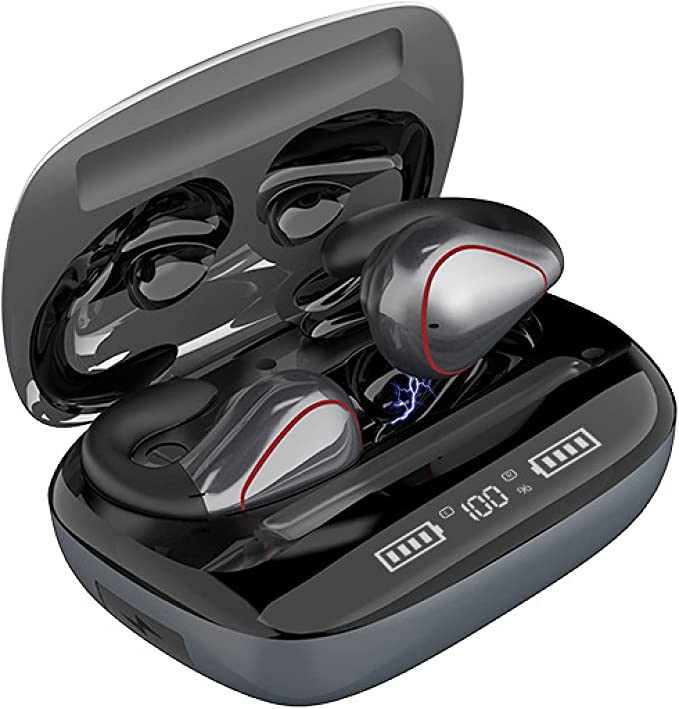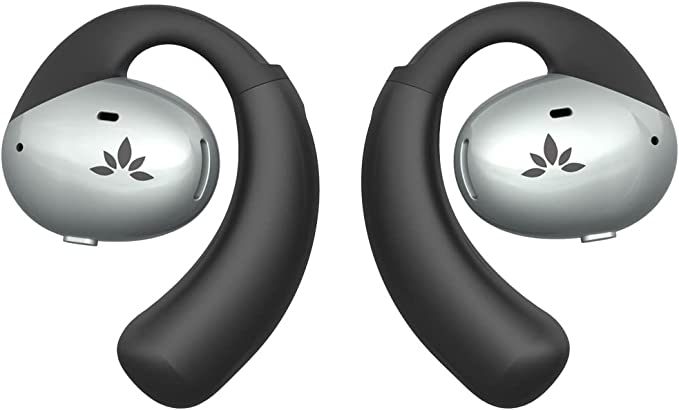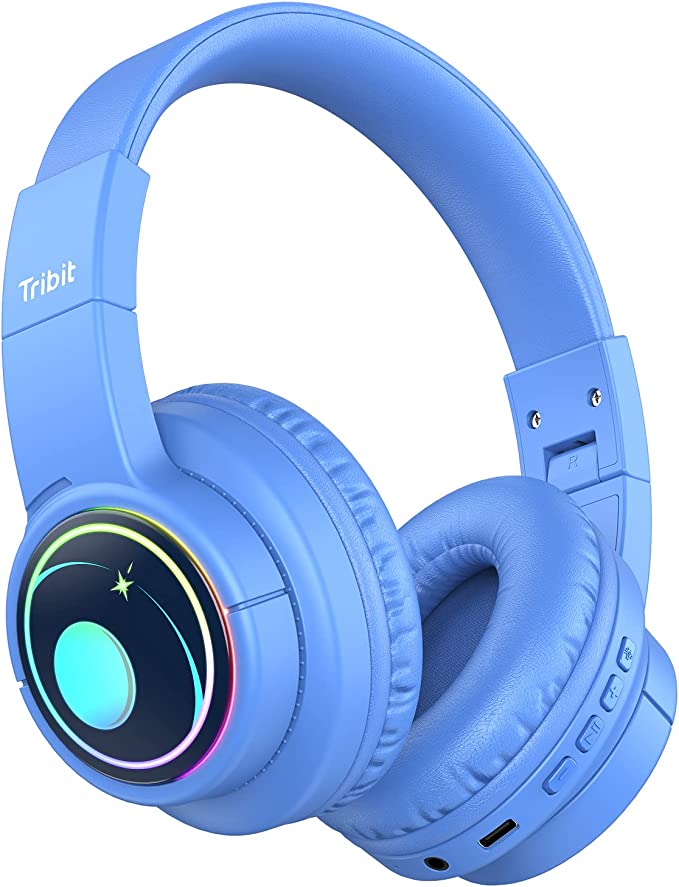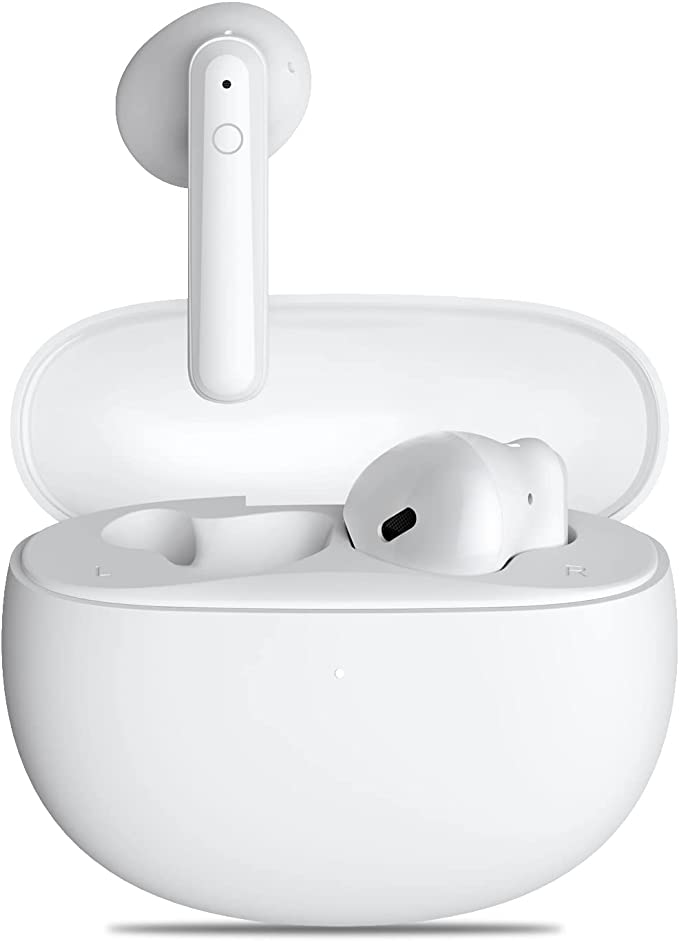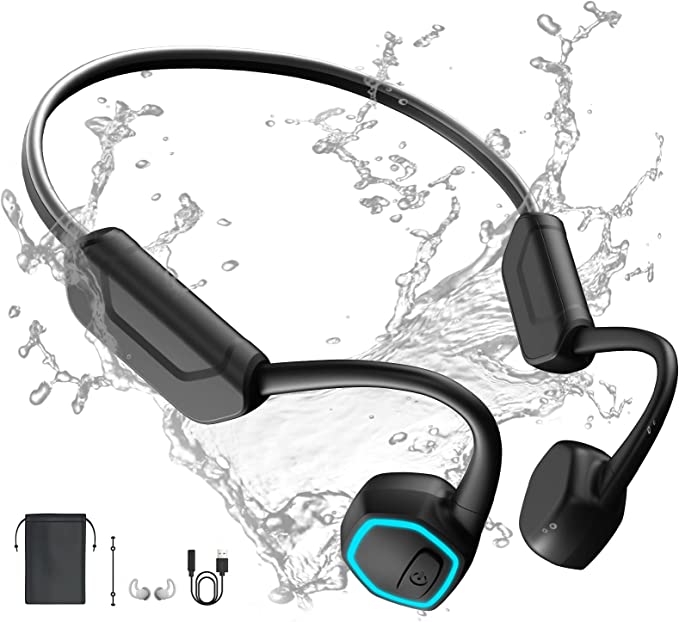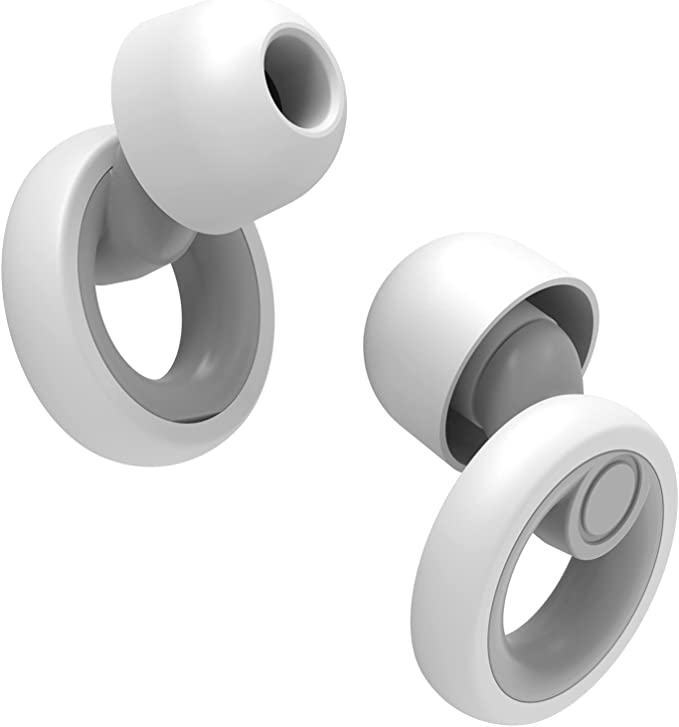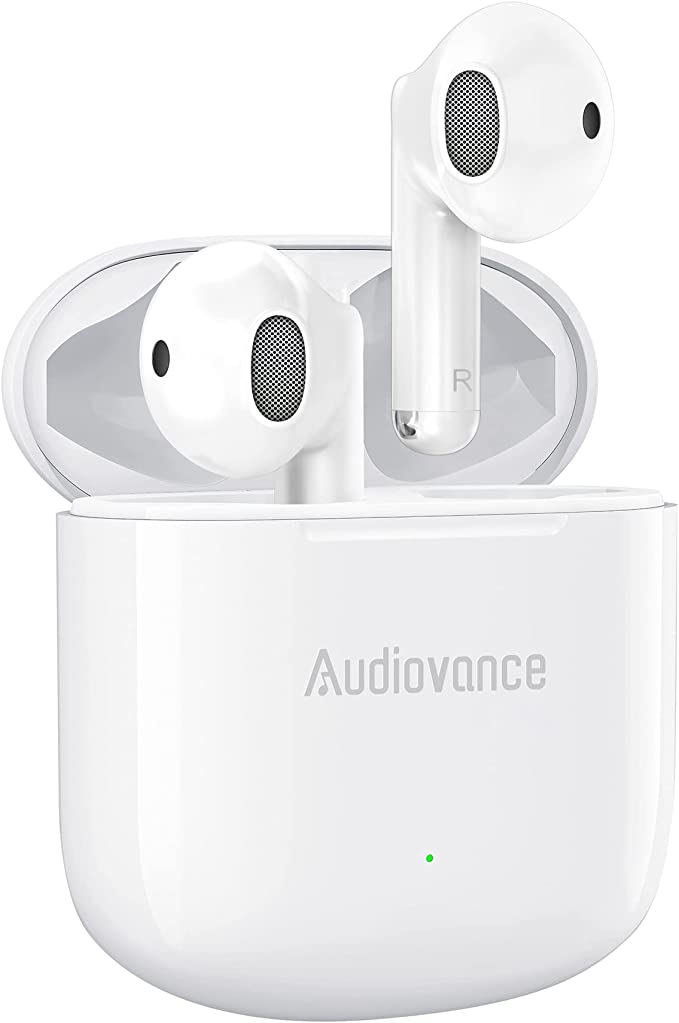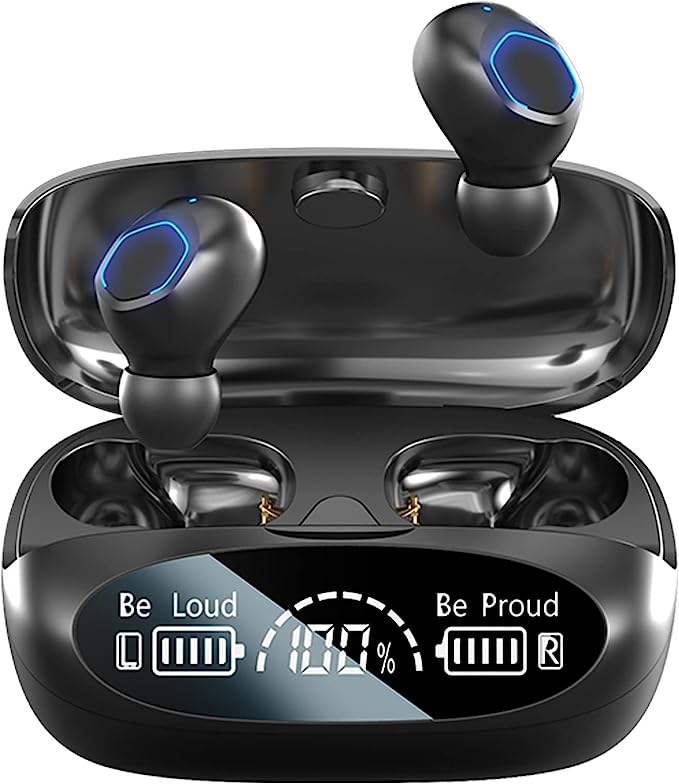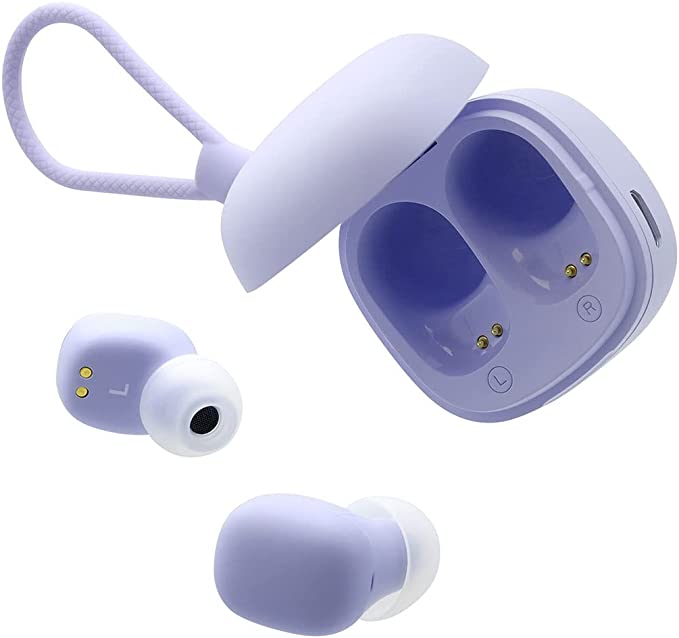Generic E7 Active Noise Cancelling Headphones: Exceptional Quality at an Affordable Price
Update on June 30, 2025, 8:13 a.m.
In the vast, glittering bazaar of online electronics, we’ve all felt it: the magnetic pull of the perfect product. It looks like an online dating profile engineered in a lab for maximum appeal. The photos are flawless, the bio is a cascade of impressive achievements, and the price… the price feels like a steal. Meet our case file for today: the Basiter L6 Wireless Earbuds. For less than the cost of a nice dinner, its profile boasts Bluetooth 5.2, a quartet of microphones, and an IPX7 waterproof rating. It’s the perfect match.
But then, as any seasoned online dater knows, you scroll down to the comments. And the dazzling profile starts to crack. You find a 5-star rave from Michael in the UK, hailing its “stunning sound and quality.” Right below it, a 2-star lament from Swapan in the US, who reports muffled calls and a battery that dies in minutes. How can both be true? This isn’t just a product review; it’s a mystery. So, let’s put on our detective gloves, dust the product page for prints, and perform a scientific autopsy to uncover the truth.

Exhibit A: The Whisper of a Flawless Connection
Our first piece of evidence is a small but significant number: Bluetooth 5.2. To most, it’s just a number that seems reassuringly high. But to a tech detective, it’s a clue pointing to a specific lineage. Bluetooth technology wasn’t born for music; it was conceived in the 1990s as a way to replace clumsy data cables. Its evolution, governed by a consortium called the Bluetooth Special Interest Group (SIG), has been a relentless march toward doing more with less.
Version 5.2 is a notable milestone. Its main promise, wrapped up in a feature called LE Audio, is enhanced energy efficiency. In theory, this means the earbuds can maintain a robust, stable connection to your phone while sipping power, not guzzling it. Think of it as upgrading from a winding country lane (older Bluetooth versions) to a multi-lane superhighway. The data flows more smoothly, with less chance of a traffic jam (stuttering audio), and your car (the earbud battery) uses less fuel to get there. This is the science that should deliver on Basiter’s promise of being “Easy to pair” and providing a rock-solid link for your music and calls. It’s a blueprint for a perfect wireless conversation.

Exhibit B: The Armor of Invincibility
Next, we examine the claim of being IPX7 Waterproof. This isn’t a vague marketing term; it’s a specific rating from the International Electrotechnical Commission (IEC) standard 60529. Let’s decode it like a secret message: * IP stands for Ingress Protection. * The X means the product hasn’t been officially rated for protection against solids like dust. A minor detail for most users. * The 7 is the star of the show. It certifies that the device can survive being submerged in up to 1 meter (about 3.3 feet) of fresh water for 30 minutes under controlled laboratory conditions.
To achieve this, engineers must design the earbuds’ casing like a miniature submarine, with tight seams and seals to prevent water from reaching the delicate electronics within. This rating is what gives Basiter the confidence to market them as “workout earbuds.” It’s an assurance that they can handle a torrent of sweat during a HIIT session or an unexpected downpour on your run. However, a detective always reads the fine print. The IPX7 rating is for fresh water. It doesn’t guarantee protection against the corrosive salts in sweat, the chemicals in pool water, or the soap in your shower. The armor is strong, but it’s not invincible in the chaos of the real world.

The Hearing: Contradictory Testimonies from the Front Lines
Now we arrive at the heart of the mystery, where the pristine theory of the lab clashes with the messy reality of user experience. We call our two key witnesses: Michael and Swapan. One reports “stunning sound,” the other, muffled calls and a dismal 20-minute battery life. How can a single product produce such a chasm of experience?

Let’s look at the hardware. The “10mm vibrating diaphragm” is the speaker driver. In the physics of sound, a larger driver can move more air, giving it the potential to create deeper, more impactful bass. The “Built-in 4 Mic” system is designed to combat background noise during calls. Typically, two microphones on each earbud work together in a process called beamforming, focusing on your voice while trying to digitally ignore the café chatter or street traffic around you.
The components for a great experience are all listed. So, what went wrong for Swapan? The culprit is rarely a single, broken part. It’s a systemic, almost invisible suspect I call The Phantom of Quality Control.
In mass manufacturing, no two components are ever perfectly identical. There are always tiny variations, or “tolerances.” To manage costs, especially in the hyper-competitive budget electronics market, manufacturers often source components from various suppliers, and their standards for what’s “good enough” can be wider. One batch of batteries might be perfect; the next might be subpar. The glue sealing one earbud’s case might be applied flawlessly; another might have a microscopic gap, rendering its IPX7 rating useless. This is the manufacturing lottery. Michael, it seems, won. Swapan did not. Quality control is an expensive, invisible ingredient, and it’s often the first to be rationed when hitting a price point like $36.99.

The Verdict: A Detective’s Guide to Not Getting Played
So, is the Basiter L6 a scam? No. It’s something far more interesting: a perfect artifact of our modern technological era. It represents the incredible democratization of advanced features, but it also embodies the gamble inherent in budget manufacturing. The spec sheet isn’t a lie; it’s a blueprint of the product’s potential. You’re not buying a guarantee; you’re buying a lottery ticket on its execution.

Instead of a simple “buy” or “don’t buy,” I leave you with my detective’s toolkit, a mental checklist to use on this case and any future ones:
- Read the 1-Star Reviews First: They aren’t just complaints; they are field reports on the product’s worst-case failure modes. They tell you what might go wrong.
- Question Vague Claims: Be skeptical of subjective terms like “Deep Bass” or “Clear Call.” Look for objective data that is conspicuously absent, like supported audio codecs (e.g., AAC, aptX) or specific charging times.
- Specs are the Ceiling, Not the Floor: A product will rarely outperform its specs, but due to issues like quality control, it can easily underperform them.
- Balance Price Against Risk: Understand that a lower price is often a direct trade-off for consistency. Are you willing to risk getting a “Swapan” unit for the chance of getting a “Michael” unit?
Ultimately, the goal isn’t to find the one “perfect” cheap earbud. It’s to become a smarter consumer who understands the landscape. In a world saturated with seductive specs, the most powerful feature isn’t in any device; it’s the critical thinking you bring to the checkout button.
